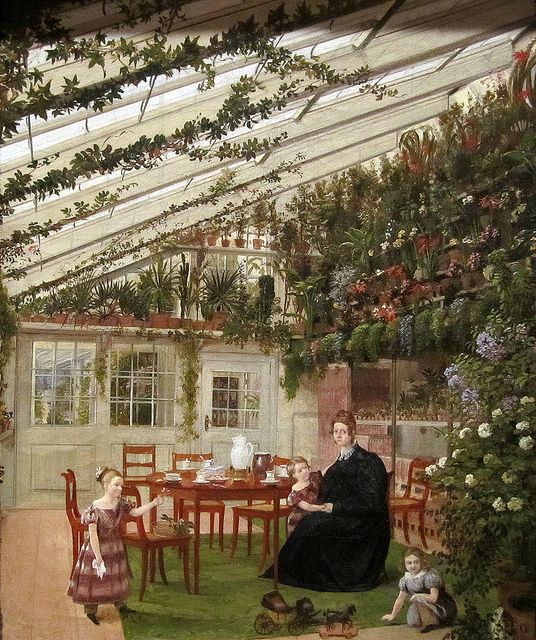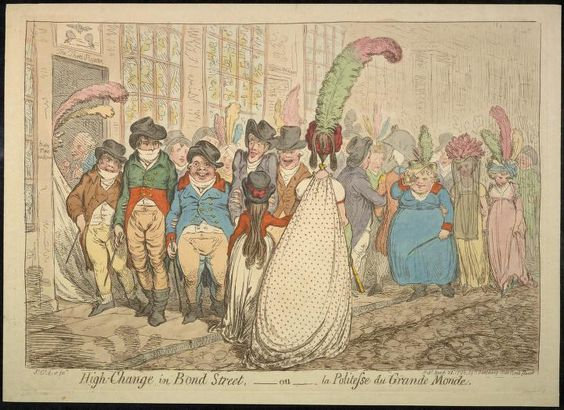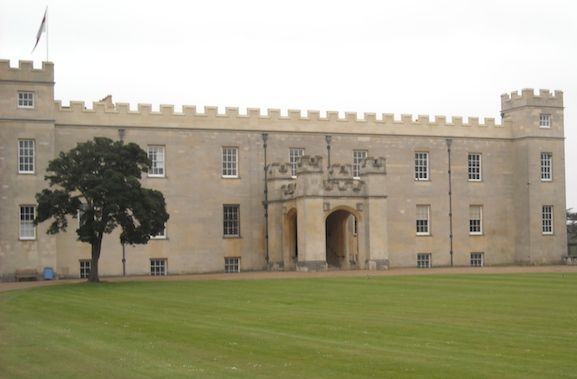Conservatories

Many country houses had conservatories, but they could be as different as the families who lived there. The one pictured has lots of plants and plenty of space for socializing. Some had only a few plants; some were like inside forests. It was a way of nurturing exotic plants year-round, since essentially conservatories were greenhouses attached (sometimes) to the main houses. We’d probably call them sunrooms now. If you’d like to see a large detached one, check out the pics on my Pinterest page for the one at Syon House. I’ve been there! It was built right around the period of my book.




